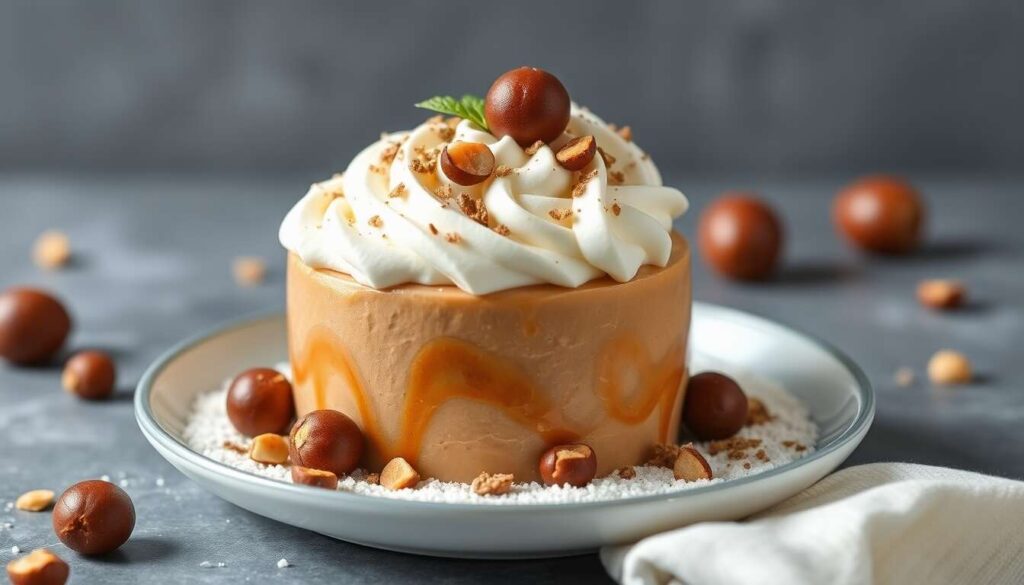If your cake never rises properly in the oven, you’re not alone! This common issue often stems from a few easily correctable mistakes. Navigating the world of baking requires an in-depth understanding of the interactions between your ingredients, equipment, and techniques. Follow these tips to transform your culinary creations into perfectly fluffy delights.
Understanding the Role of Ingredients in Cake Rising
The Science Behind Each Ingredient
Every ingredient plays a crucial role in the success of your cake. Understanding their function can make all the difference. For instance, eggs provide structure and elasticity, while sugar affects both sweetness and coloration. Each ingredient, from milk to flour to butter, must be utilized wisely.
Proportion-Related Issues
Always adhere to the recommended proportions in your recipe. An excess of liquid will weigh down the batter and hinder optimal rising. It is advisable to select an appropriate flour, ideally an all-purpose variety, for the best results.
- Use fresh ingredients, particularly leavening agents, to ensure their full effectiveness.
- Measure each component carefully to guarantee a perfect balance.
Having grasped the importance of ingredients, let’s now delve into the role of temperature and preheating your oven.
The Importance of Temperature and Oven Preheating
Mastering the Temperature
Improper baking can be detrimental to your cake. A hot oven may burn the exterior while leaving the interior undercooked. Set the correct temperature according to your recipe: 150°C for heavier cakes and 180°C for lighter ones.
Preheating: A Crucial Step
Preheating your oven ensures even baking. It allows the cake to start rising immediately upon entering the oven, thus avoiding thermal shock that could render it dense.
Now that we have a solid understanding of these aspects, let’s explore how to choose and use leavening agents to improve the texture of your cakes.
Choosing and Properly Using Leavening Agents
Different Types of Leavening Agents
Leavening agents such as baking powder and baking soda are essential for proper rising. They create gas bubbles that lighten the batter. However, be mindful of their freshness, as an expired leavening agent could jeopardize your preparation.
Dosage and Incorporation of Leavening Agents
Gently incorporate leavening agents into your batter for optimal results. Remember that too much of these agents can lead to a quick collapse of your cake rather than a subtle lift.
| Type of Agent | Ideal Quantity |
|---|---|
| Baking powder | 1 to 2 teaspoons for 250g of flour |
| Baking soda | ¼ teaspoon for 250g of flour |
Next, let’s address common mistakes to avoid when mixing ingredients for a light and delicious cake.
Avoiding Common Mistakes While Mixing Ingredients
The Art of Mixing
Mixing ingredients may seem straightforward, but it’s crucial not to overmix. Excessive mixing, especially after adding flour, can develop gluten, making your cake dense and heavy.
Optimal Mixing Techniques
First, mix the dry and wet ingredients separately before combining them. This ensures even distribution of leavening agents and prevents excessive gluten development.
With this knowledge in hand, let’s focus on the perfect timing for incorporating the leavening agent.
Mastering the Timing for Adding Leavening Agents
When and How to Add Leavening Agents
Adding leavening agents at the wrong time can ruin your baked creation. They should be added just before baking to maximize their effects. Ensure the batter is immediately placed into the oven after incorporation.
Consequences of Poor Timing
Delaying too long before baking risks losing the effectiveness of your leavening agent, resulting in a batter that doesn’t rise as expected.
Having understood the significance of timing, let’s now look at the proper techniques to adopt while preparing your batter for an airy texture.
Adopting Proper Baking Techniques for an Airy Batter
The Secret of Beaten Egg Whites
For added lightness, consider incorporating egg whites beaten to soft peaks. Their delicate integration traps air, ensuring a fluffy and moist texture.
Techniques to Prioritize
Use gentle motions when mixing your ingredients to avoid deflating the air bubbles formed. This includes being careful with your fold and mixing movements during the incorporation of components.
With these techniques in mind, let’s explore how to monitor and adjust baking for optimal results.
Monitoring and Adjusting Baking for Optimal Results
Keeping a Close Eye on Baking
To prevent a dry or burnt cake, closely watch the baking time. Success in baking requires slight adjustments in time and temperature based on outcomes.
Making Adjustments During Baking
If you notice rapid browning on the top, slightly lower the temperature or cover your cake with aluminum foil to continue baking.
| Type of Cake | Recommended Temperature | Baking Time |
|---|---|---|
| Chocolate Cake | 180°C | 25-30 minutes |
| Genoise Cake | 160°C | 50-60 minutes |
With a solid grasp of baking techniques, let’s discover how to demold your cake successfully and without hassle.
Knowing the Tips for Successful and Smooth Demolding
The Secrets of Perfect Demolding
A successful demolding begins with proper greasing of the mold. Use butter and a light dusting of flour to prevent the cake from sticking.
Patience Before Demolding
Let the cake cool for a few minutes before demolding. This helps the cake firm up enough to maintain its shape upon leaving the mold.
- Ensure the cake is warm before demolding.
- Use a knife or spatula to gently loosen the edges.
With all these tips, creating and producing a cake that rises and delights the palate becomes a clear possibility. By applying these baking techniques, your cakes will continually improve, transforming into marvels of fluffiness and flavor. These tips, valid until March 12, 2025, ensure that every cake you bake will be a resounding success. Embrace these practices and savor each moment of culinary creativity.







